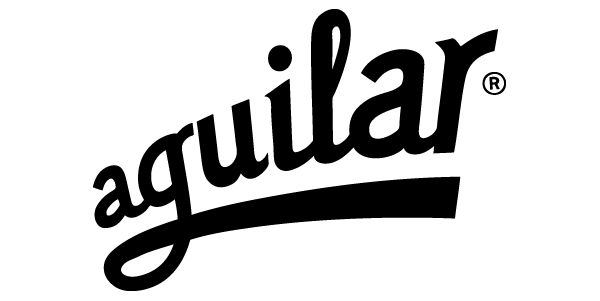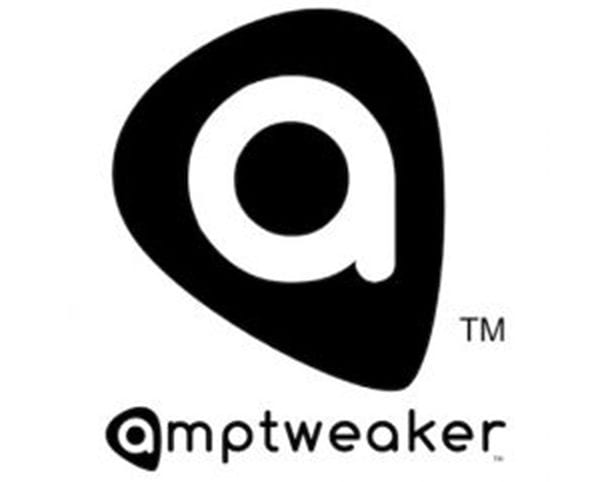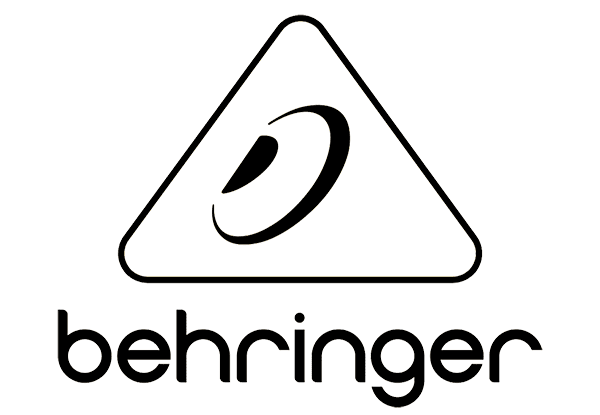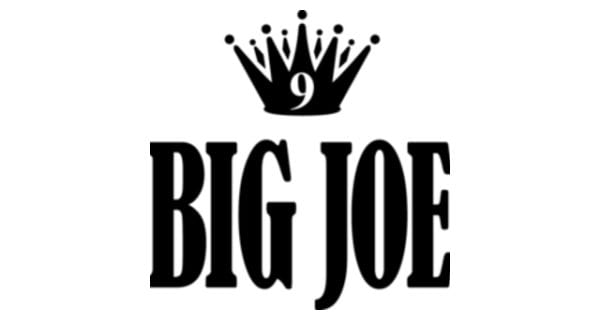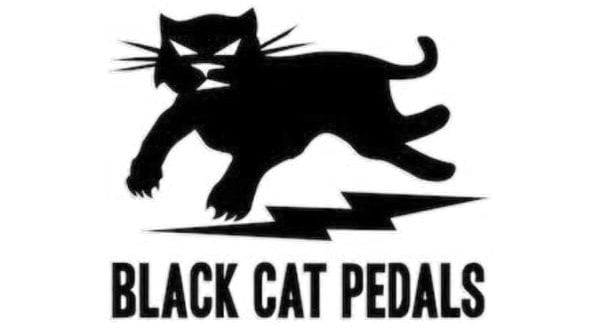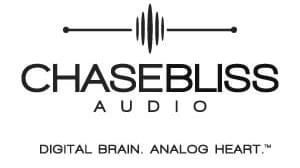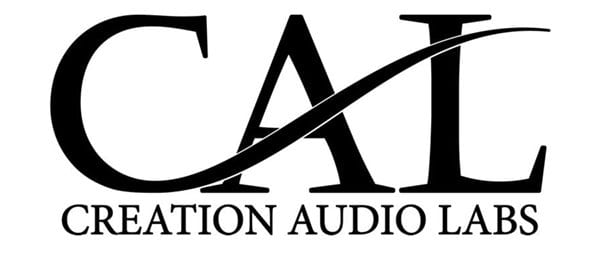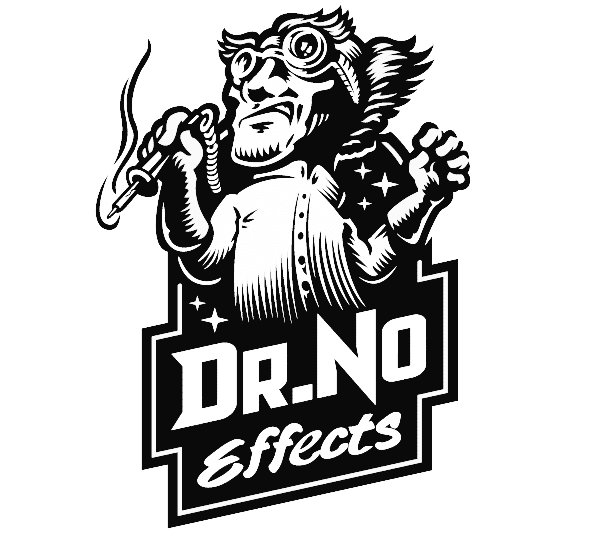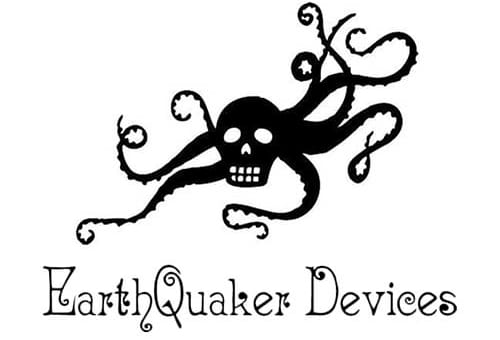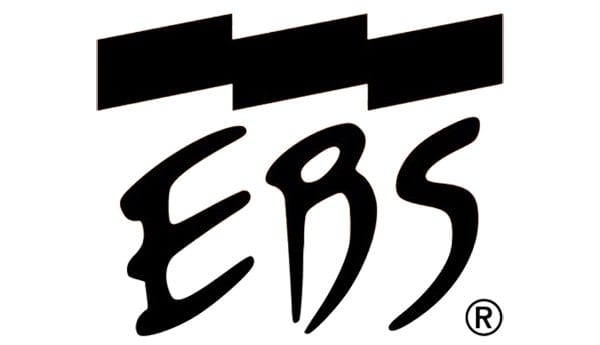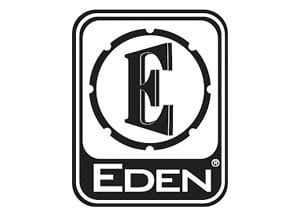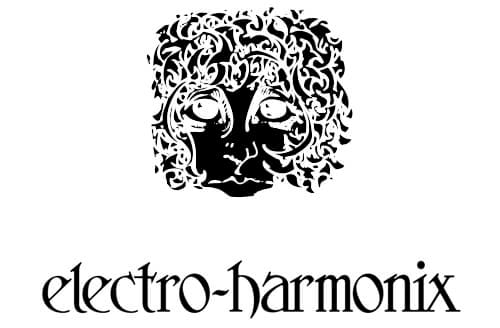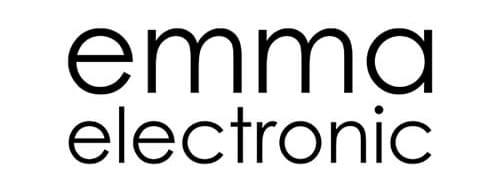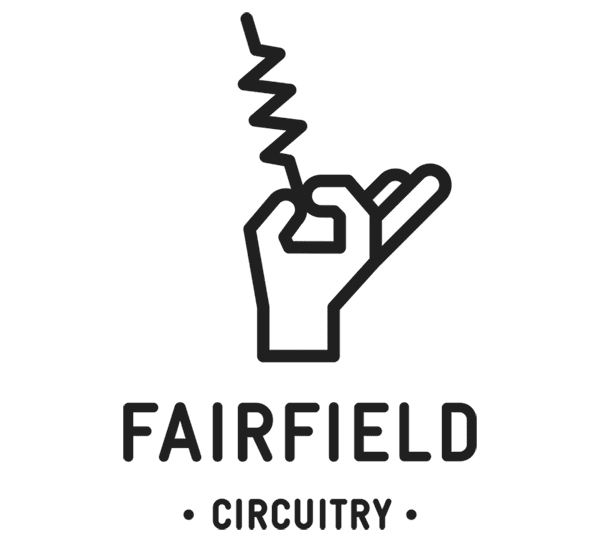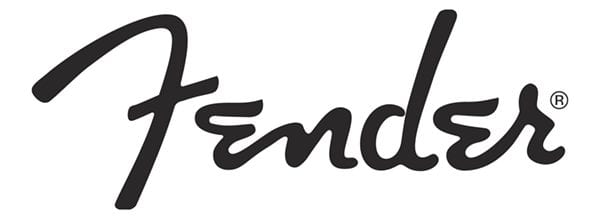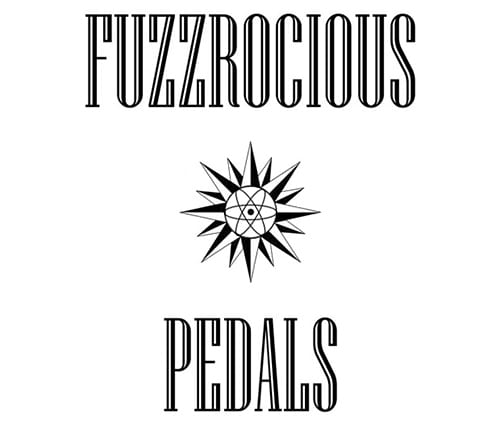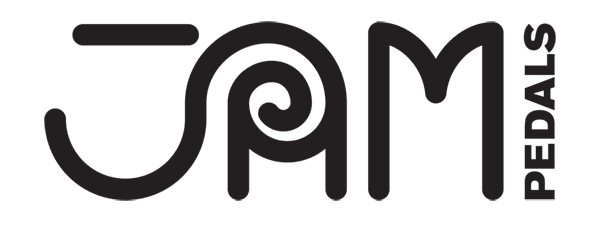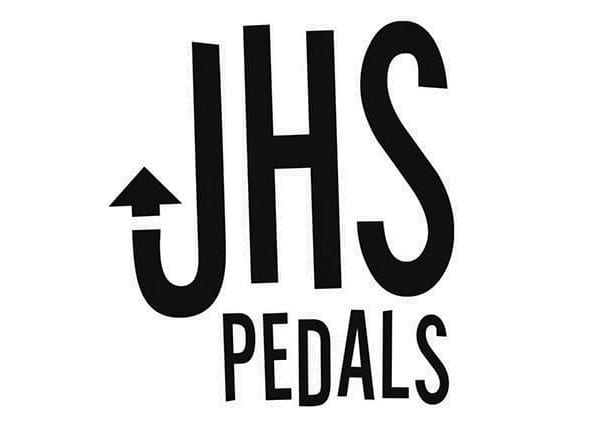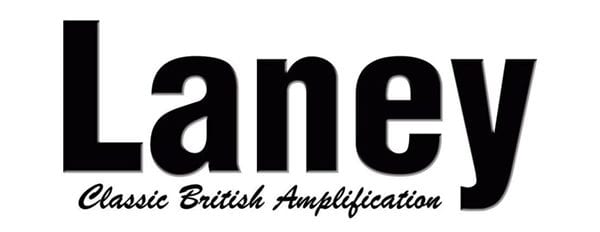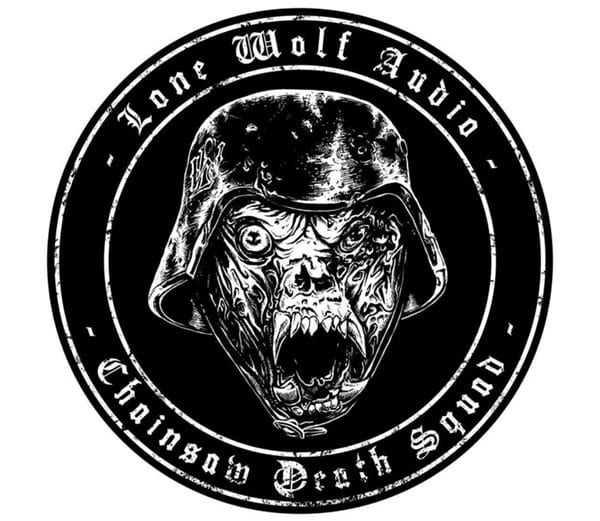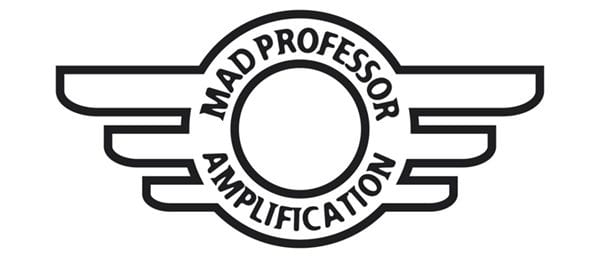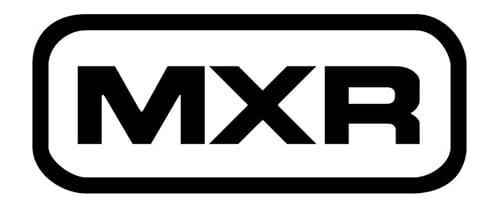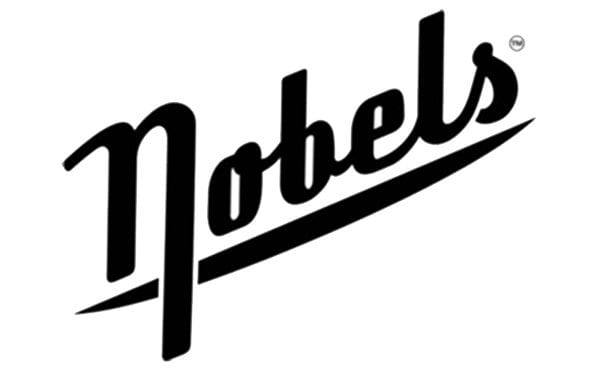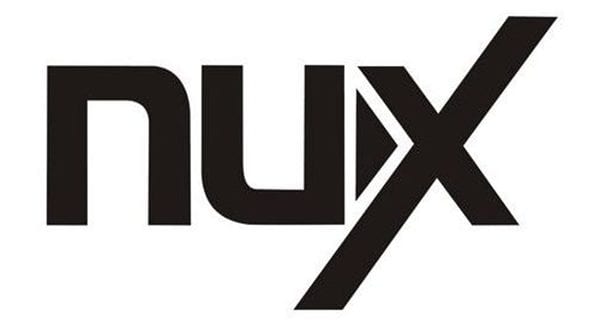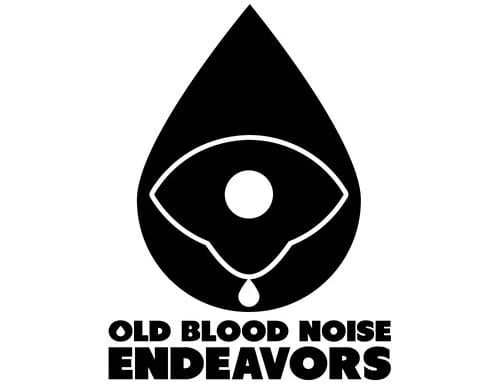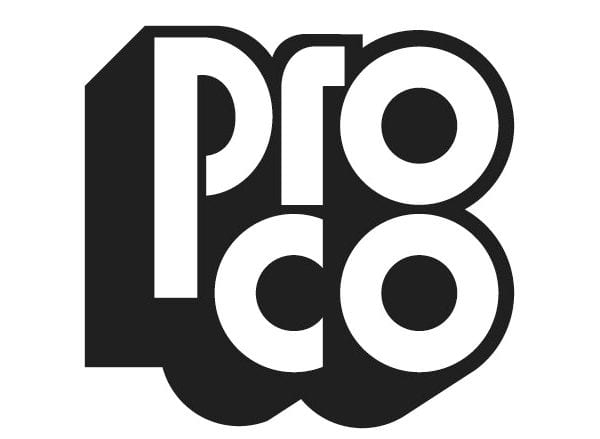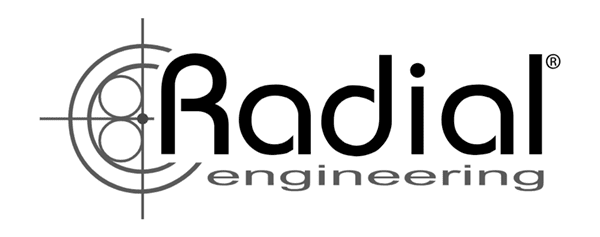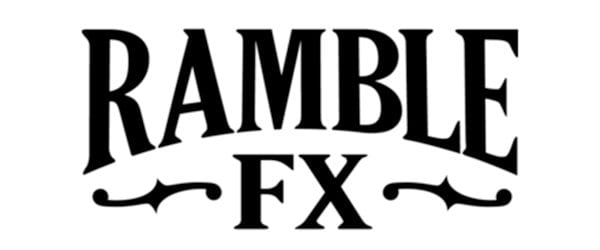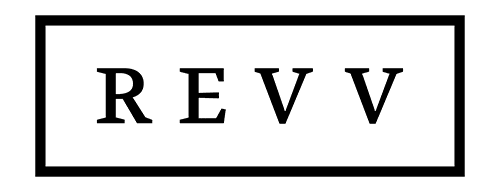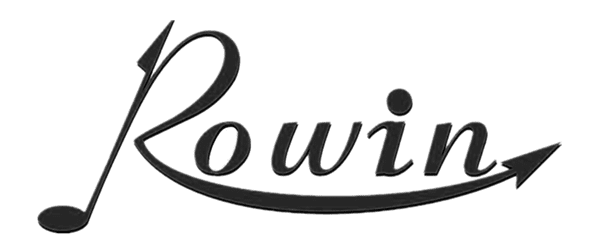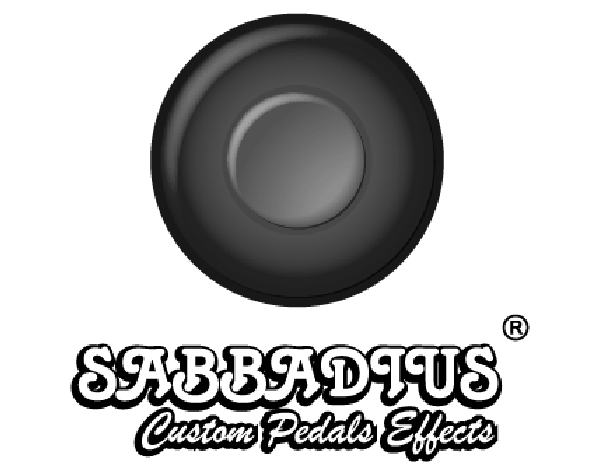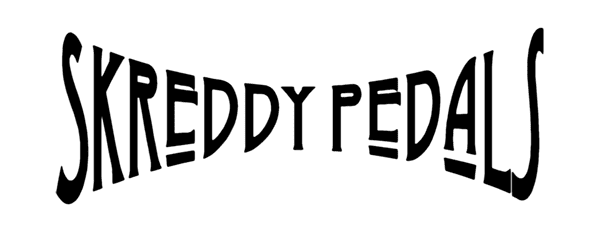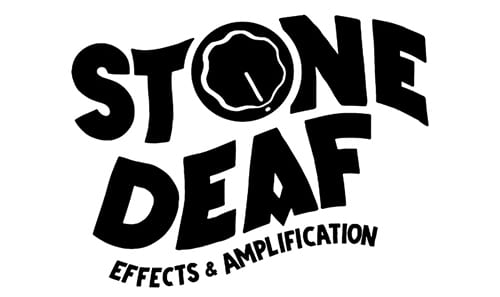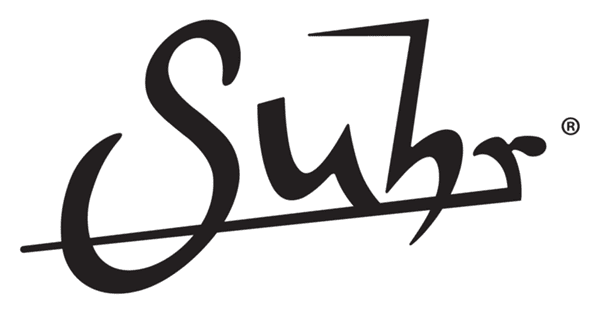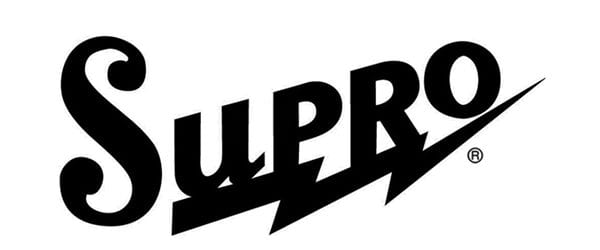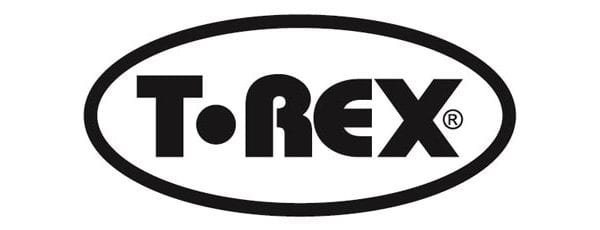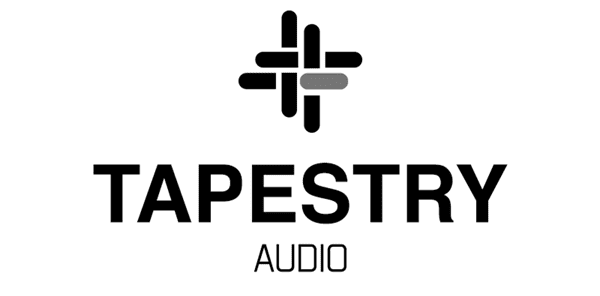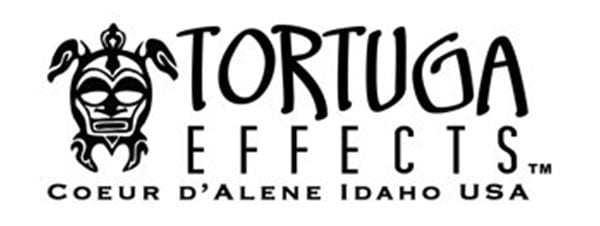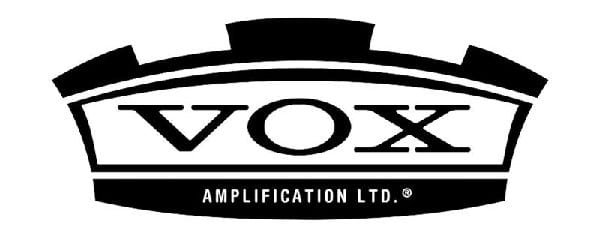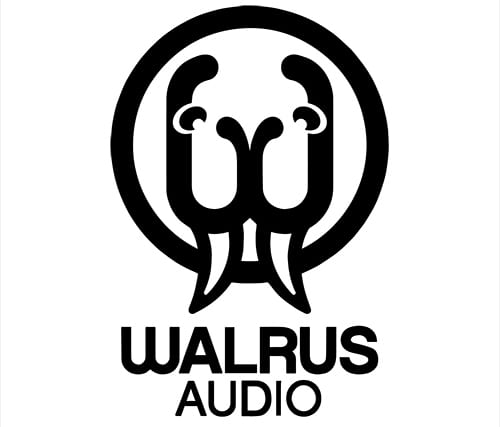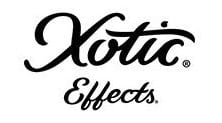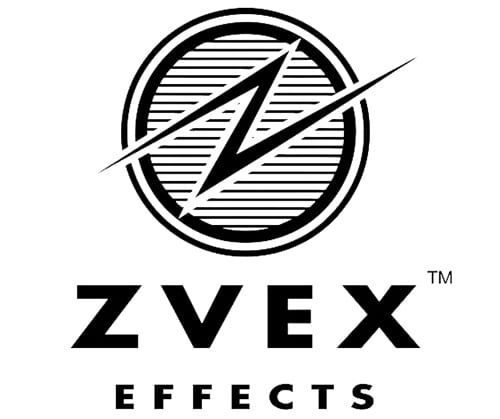For more than 50 years, the Big Muff has been the quintessential heavy fuzz pedal, defining the effect as much as the Tube Screamer has for Overdrive and the Cry Baby for Wah. Produced in multiple forms since 1969 by Electro-Harmonix (EHX), the Big Muff’s over-the-top distortion and sustain was a game-changer from earlier fuzz units. Simply compare the early, lo-fi fuzz of the guitar in the Rolling Stones’ “Satisfaction” to the sonic perfection of David Gilmour’s solos in “Comfortably Numb.” The iconic Big Muff Pi (π) shaped the sound of arena rock in the 1970s.
EHX ceased operations in 1982 but reformed in 1990 in collaboration with Russian vacuum tube company Sovtek. Grungers looking to emulate retro-’70s sounds embraced Pi reissues as well as Sovtek pedals that quickly became neo-classics. For heavier alternative groups like Dinosaur Jr. and Smashing Pumpkins, some sort of Big Muff crunch became a vital part of their sound.
Even with today’s boutique pedal boom and countless clones of nearly every Big Muff, EHX continues to maintain a diverse catalog of Big Muffs, from early Pi models to Russian styles and beyond. Regardless of your budget or space on your board, there’s probably some sort of Big Muff that you don’t even know you need yet. Check out every EHX Muff pedal that’s available today.
Big Muff Pi ($72-$132)
 The first Big Muff released by EHX was the Pi, and it quickly drew a following for the way it could turn big rhythmic chords into walls of distorted sound and lead notes into sustained, searing wails. Vintage period models can start at well over $600, but if you want a reissue of the original with its iconic trio of Volume, Tone, and Sustain controls, EHX continues to stock this Grand Old Gentleman of Fuzz.
The first Big Muff released by EHX was the Pi, and it quickly drew a following for the way it could turn big rhythmic chords into walls of distorted sound and lead notes into sustained, searing wails. Vintage period models can start at well over $600, but if you want a reissue of the original with its iconic trio of Volume, Tone, and Sustain controls, EHX continues to stock this Grand Old Gentleman of Fuzz.
You’ve got four options for the basic three-knob Pi: a Little Big Muff ($72) in a smaller package, an ultra-compact Nano ($96), a standard ($120), or the Triangle, a 50th anniversary reissue with a more vintage look ($132). But that’s not even close to the extent of the Pi family’s variations, which are nearly as endless as their namesake number. Keep reading to see what else EHX has got.
Big Muff Pi With Tone Wicker ($121)
 If you want all of the classic fuzz of the original Pi, but with a bit more tonal versatility, check out the Big Muff Pi with “Tone Wicker.” In addition to the classic knob trifecta, it features two switches. There’s a tone on/off switch that gives you the option of engaging the pedal’s standard tone knob, or bypassing it completely, which also serves as a sort of boost feature. A second switch is the namesake tone wicker, which incorporates three high frequency filter circuits, giving your sound a significant treble boost.
If you want all of the classic fuzz of the original Pi, but with a bit more tonal versatility, check out the Big Muff Pi with “Tone Wicker.” In addition to the classic knob trifecta, it features two switches. There’s a tone on/off switch that gives you the option of engaging the pedal’s standard tone knob, or bypassing it completely, which also serves as a sort of boost feature. A second switch is the namesake tone wicker, which incorporates three high frequency filter circuits, giving your sound a significant treble boost.
This pedal will appeal to players who need to switch from a more mellow rhythm sound to higher gain and high-end lead tones with the ability to pierce through mixes. For an upcharge of less than $10 from the original Pi, this is a worthy upgrade.
Deluxe Big Muff Pi ($170)
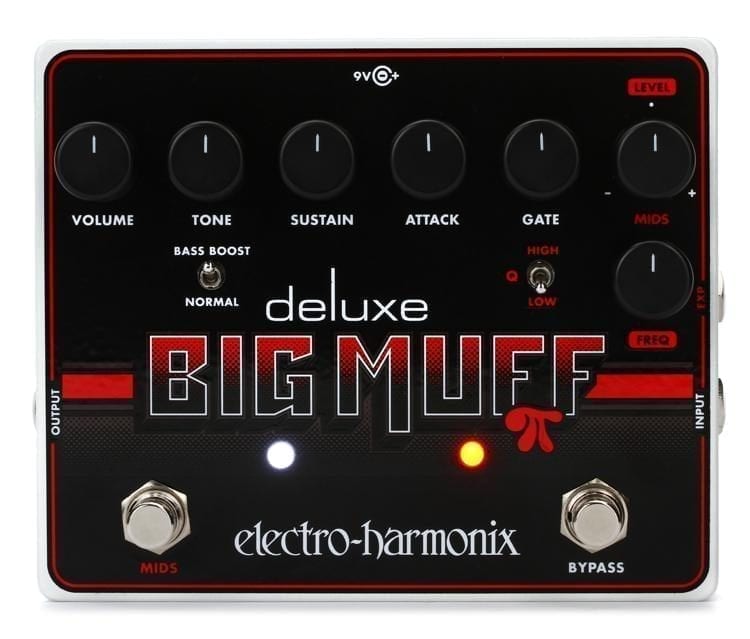 If you’re looking for an end-all distortion unit that is based on the classic Pi fuzz, the Deluxe Big Muff Pi may be the one for you. Roughly double the size of the standard Pi, the Deluxe features more tone controls than a single knob could ever provide. It’s got a hi/lo switch, a bass boost switch, and two additional mids knobs with their own bypass switch. Plug in an expression pedal and you’ll be able to sweep the mids for almost a rotating speaker simulation.
If you’re looking for an end-all distortion unit that is based on the classic Pi fuzz, the Deluxe Big Muff Pi may be the one for you. Roughly double the size of the standard Pi, the Deluxe features more tone controls than a single knob could ever provide. It’s got a hi/lo switch, a bass boost switch, and two additional mids knobs with their own bypass switch. Plug in an expression pedal and you’ll be able to sweep the mids for almost a rotating speaker simulation.
Going beyond just tonal versatility, the Deluxe also has adjustable attack and noise gate controls. Although it is called a Pi, it is also possible to dial in sounds from Big Muff’s second generation Ram’s Head series of pedals with this unit. Tone-shaping distortion units don’t get much better.
Germanium 4 Big Muff Pi ($148)
 The Germanium 4 version of the Pi line is EHX’s take on a drive/distortion combo pedal. Basically, you have the option of a lower-gain overdrive, a higher gain distortion, or, if you’re really feeling saucy, stacking both drives upon each other. For this model, EHX has opted to use four germanium transistors (two for the drive, two for the distortion). Less common, pricier, and more “vintage,” Germanium offers a drive that many players consider warmer and smoother than silicon transistors.
The Germanium 4 version of the Pi line is EHX’s take on a drive/distortion combo pedal. Basically, you have the option of a lower-gain overdrive, a higher gain distortion, or, if you’re really feeling saucy, stacking both drives upon each other. For this model, EHX has opted to use four germanium transistors (two for the drive, two for the distortion). Less common, pricier, and more “vintage,” Germanium offers a drive that many players consider warmer and smoother than silicon transistors.
Instead of a simple master tone knob or a hi/mid/lo EQ, EHX opted to give you more control over the Germanium 4’s clipping and compression with Bias knobs, which can run the tonal gamut from mellow to edgy. There’s also a Volts control on the distortion side that clips harder and harder the lower you take it. If you’re looking for classic Pi fuzz with a full arsenal of vintage drive backing it up, this is the pedal for you.
Ram’s Head Big Muff Pi ($99)
 EHX reissued the much-cloned 1973 second version of the Big Muff: the Ram’s Head. Perhaps most famous as the pedal used by Pink Floyd’s David Gilmour, it’s very similar to the original Triangle Big Muff, though with slightly more scooped mids.
EHX reissued the much-cloned 1973 second version of the Big Muff: the Ram’s Head. Perhaps most famous as the pedal used by Pink Floyd’s David Gilmour, it’s very similar to the original Triangle Big Muff, though with slightly more scooped mids.
This reissue really has not changed significantly from the original, right down to the cool ram’s head graphics and violet touches, but it is housed in a smaller pedalboard-friendly casing. If you really want to create the sonic bulldozer of mid-1970s supergroups, this thing is a sure bet.
Op-amp Big Muff Pi ($107)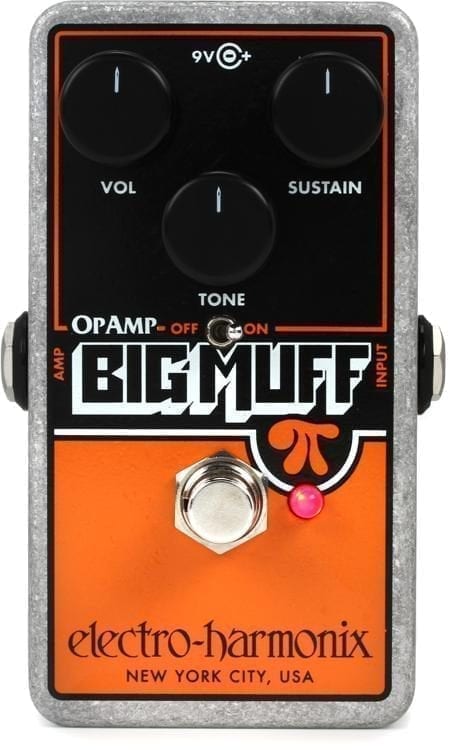
In the late ‘70s, EHX released a fourth version of the Big Muff Pi, this time with op-amp circuitry instead of transistors. This resulted in a heavier, richer fuzz sound that exhibited more harmonic overtones than earlier models. It’s rare that a specific pedal is inextricably linked to a specific band and album, but Smashing Pumpkins’ Siamese Dream would simply not be the same were it not for the Op-amp Big Muff.
You can find these original Op-amps starting at $300 if you’re lucky, or you could pick up one of EHX’s incredibly popular reissues for barely a third of the cost. It stays faithful to the original, with the exception of true bypass and a tone on/off switch. Crank this thing up and start playing “Cherub Rock.”
Sovtek Deluxe Big Muff Pi ($198)
 As mentioned, EHX’s “rebirth” saw a partnership with Russian company Sovtek, and for a time both companies were producing their own varieties of Big Muffs. One of the earliest of the Sovtek Big Muffs was the blue and gray “Civil War,” which has become just as in-demand as any of EHX’s 1970s models.
As mentioned, EHX’s “rebirth” saw a partnership with Russian company Sovtek, and for a time both companies were producing their own varieties of Big Muffs. One of the earliest of the Sovtek Big Muffs was the blue and gray “Civil War,” which has become just as in-demand as any of EHX’s 1970s models.
The Sovtek Deluxe Big Muff Pi retains all the great features that set Sovtek apart from the 1970s models—non-scooped mids, a slightly higher end—while adding many more tonal tweaks in its double-wide chassis. You’ll have control of a separate mids EQ with its own footswitch, a noise gate, EHX’s aforementioned Wicker control, and an expression pedal input. If you’re seeking the full gamut of what made early ‘90s Sovtek pedals so great, check this out.
Green Russian ($118)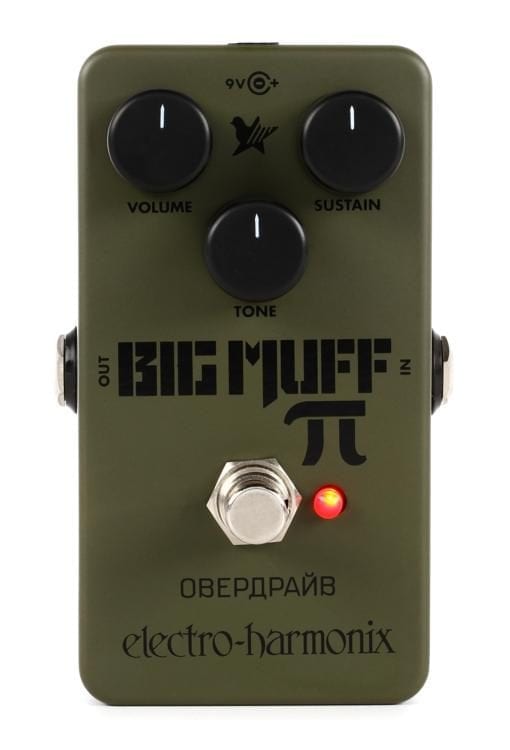
Right on the tail of Sovtek’s Civil War-style Big Muffs was 1993’s “Green Russian” model. Grunge players of the era in particular took to this pedal. It features a military green chassis and bygone Cold War imagery in addition to a booming fuzz that somehow managed to be bass-heavy with enough highs to cut through any mix.
This reissue stays faithful to the original Sovtek Muffs in about every way apart from a slightly smaller body that will fit better on your pedal board. Basic Volume/Sustain/Tone knobs retain brilliant fuzz tones in just about any setting, while still giving you all the versatility you’ll need. If you’re after fuzz reminiscent of a woolly mammoth sprawled out on a shag carpet in front of a warm fire, this is your pedal.
Metal Muff ($125)
 It may share the same name as the rest of the Muff family, but the Metal Muff is a whole different animal. It hearkens back to ‘80s thrash metal more than the ‘70s rock or ‘90s grunge sounds that traditional Pi models are associated with. While retaining similar fuzz gain sounds as its cousins, the Metal Muff features a triple band EQ. This opens up more options in scooping out mids for more searing, solid state sounds. If the Pi is shag carpet and fireplaces, the Metal Muff is steel girders in an industrial warehouse.
It may share the same name as the rest of the Muff family, but the Metal Muff is a whole different animal. It hearkens back to ‘80s thrash metal more than the ‘70s rock or ‘90s grunge sounds that traditional Pi models are associated with. While retaining similar fuzz gain sounds as its cousins, the Metal Muff features a triple band EQ. This opens up more options in scooping out mids for more searing, solid state sounds. If the Pi is shag carpet and fireplaces, the Metal Muff is steel girders in an industrial warehouse.
Adding to this pedal’s tonal virtuosity is a special on-demand “top boost.” This allows you to dial in how much really high-end treble you want—say, in a solo that needs to cut through a wall of multi-track distorted riffs—and then turn it on and off with its own footswitch. Big Muffs aren’t all about vintage fuzz, and the Metal Muff is proof. EHX also offers a smaller “pocket” version of the Metal Muff ($59) with a three-way scoop switch.
Muff Overdrive ($45)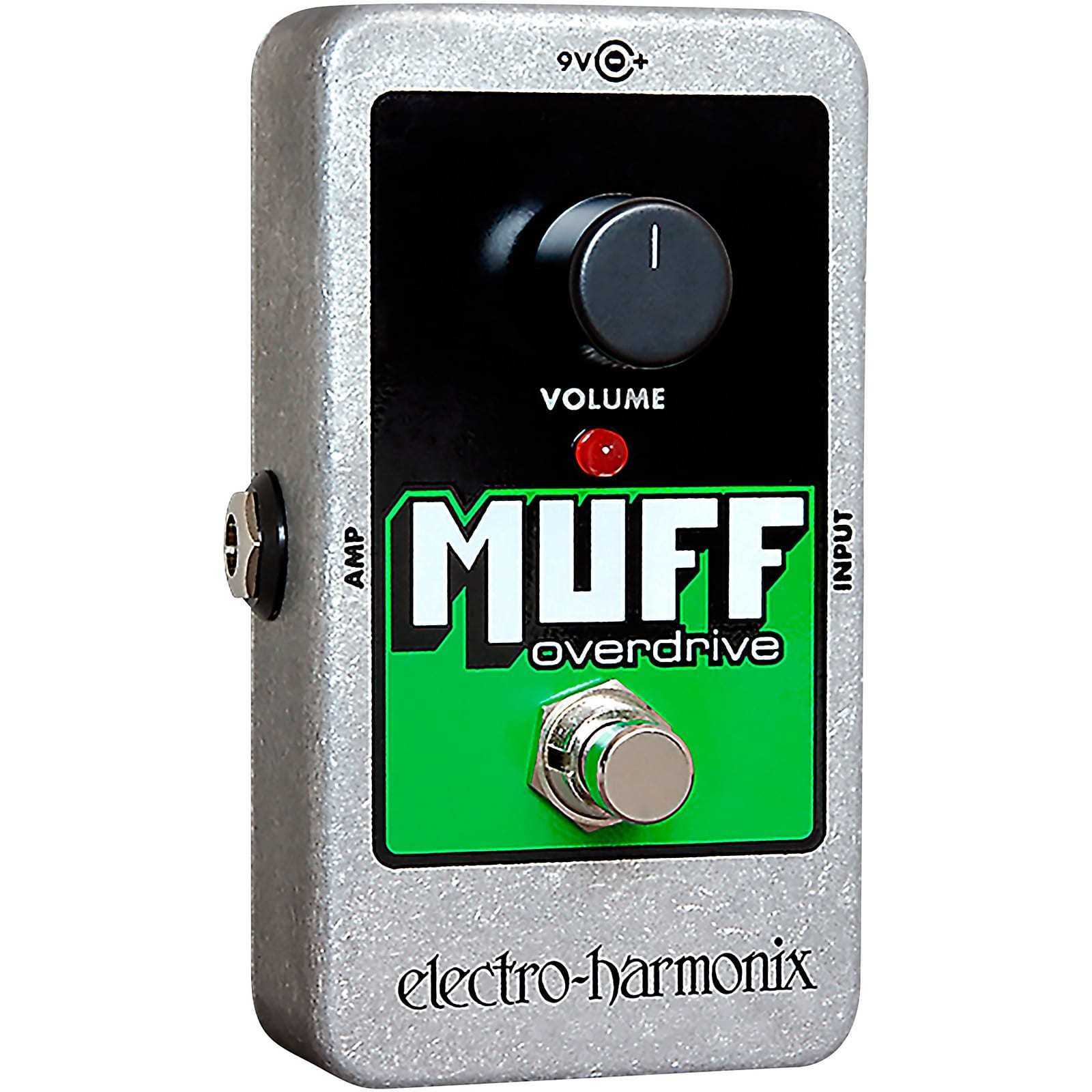
When most folks think of a simple overdrive pedal that adds a bit of grit and boost without entering the sonic realms of full-on fuzz/distortion, something like a Tube Screamer usually comes to mind. However, EHX has been putting out lighter-fuzz drive pedals since their 1969 Muff Fuzz, available today as a reissue in the form of the single-knob Muff Overdrive.
If you’re looking for a straightforward classic rock rhythm tone that still retains that distinct EHX fuzz, this is the pedal for you. It will make any amp sound like a broken-in vintage piece, without entering the full-on fuzz realm of the Pi pedals. If you love this type of drive but want just a bit more, check out what’s next.
Double Muff ($57)
 There are a lot of dual-function drive/distortion combo pedals out there, but how many come in a nano-sized package and check in at under $100? Enter the Double Muff. This pedal’s approach is quite different than most drive/distortion combos out there. Rather than layering drive over a higher gain distortion the way that EHX’s Germanium 4 Pi does, this actually gives you the option of doubling two of the same styles of drive on top of one another, both modeled on the original circuitry of the 1969 Muff Fuzz units.
There are a lot of dual-function drive/distortion combo pedals out there, but how many come in a nano-sized package and check in at under $100? Enter the Double Muff. This pedal’s approach is quite different than most drive/distortion combos out there. Rather than layering drive over a higher gain distortion the way that EHX’s Germanium 4 Pi does, this actually gives you the option of doubling two of the same styles of drive on top of one another, both modeled on the original circuitry of the 1969 Muff Fuzz units.
One of the Muffs engaged puts out a “Satisfaction”-style low-fi fuzz, sounding almost like a punctured speaker in a vintage tube combo. This sound is just as responsive to your guitar’s volume knob or your picking attack as it is to the pedal’s level control. Want to kick it up a notch? Switch over to double mode, stacking the two circuits on top of each other for a warm but intense fuzz that will fill up the room.
Bass Muffs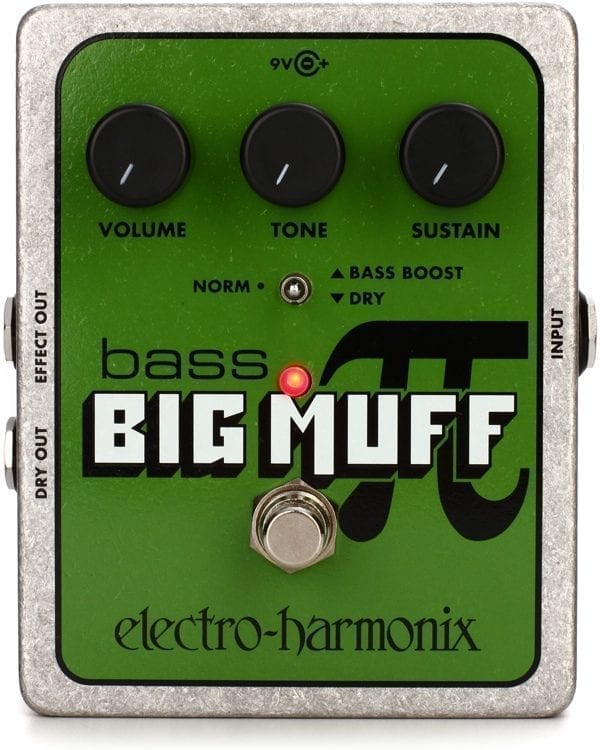
Big Muff pedals are not just for guitarists. Plenty of bassists have loved plugging their instruments into various units over the years for a sound that will the room with all the warm, booming fuzz of an overstuffed pillow. Most pedals work well with bass (the Green Russian in particular had a niche following of bass players during the grunge years), but EHX also produces a few bass-specific versions of the Big Muff Pi in standard, deluxe, and nano models.
In Summary
No fuzz-junkie should be without some kind of Big Muff, but there’s a lot of variation within all these different models and reissues.
- If you’re looking for that classic “wall of sound” from the late ‘60s, go with the original Pi, the Triangle for historical accuracy, the Deluxe or Germanium 4 for total tone control, or the Pocket or Nano if you’re on a budget or concerned about space.
- Want a more mid-’70s prog rock/Pink Floyd sound? Fortunately the Ram’s Head has just been reissued.
- ‘90s grunge lovers will want to check out the Op-Amp, Green Russian, or Sovtek pedals.
- Modern metal players will love the Metal Muff.
- Looking for just a slight boost with that unmistakable Muff fuzz in the background? The Overdrive or Double Muff will fit the bill.


